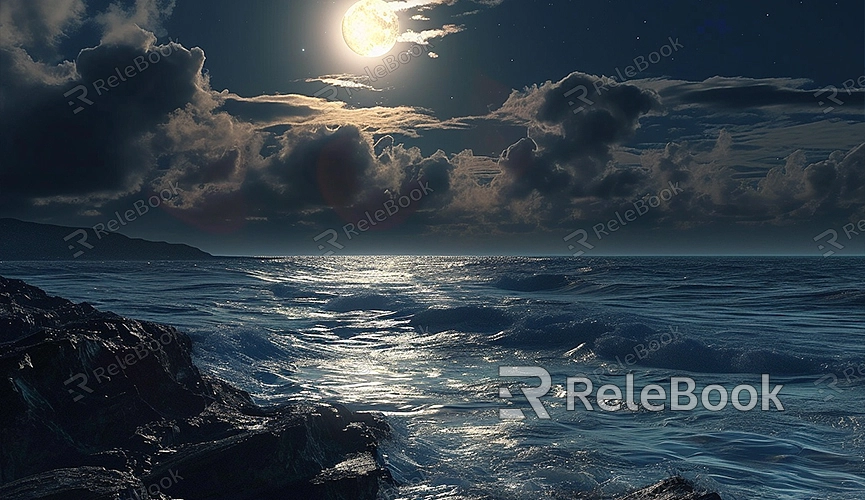Add texture to model blender
In the 3D modeling software Blender, adding texture to models is a way to breathe life into creations. Texture not only enhances the visual appeal of models but also adds depth and details to scenes, making virtual creations appear more realistic. Through a series of examples, let's explore how to add texture to models in Blender and the application and effects of these textures in different scenarios.

Brick Texture: Recreating the Texture of Ancient Buildings
First, let's consider how to use brick textures in the modeling process. By adding this texture, we can simulate the irregular, granular texture of surfaces in ancient buildings. This not only makes the model more realistic but also infuses historical context into the scene. For example, using this texture in an ancient city scene can make the city walls appear weathered, as if bearing the traces of time.
Metal Texture: Showcasing the Gloss of Modern Technology
Next, think about applying metal textures in modern technological settings. This texture can present the gloss and intricate patterns of metal surfaces, making models more contemporary. For instance, when designing technological products, using metal textures can add a unique metallic feel to the casing of phones or computers, elevating their appearance.
Leather Texture: Crafting Fashion Designs and Home Settings
Leather texture is an ideal choice for simulating leather material. By adding leather textures to models of furniture or fashion designs, we can display the intricate texture and softness of leather surfaces. For example, when designing items like sofas, chairs, or handbags, leather textures can make these items appear more comfortable and stylish.
Wood Texture: Replicating the Texture and Color of Natural Wood
Wood texture finds wide applications. By using this texture, we can simulate the texture and color of natural wood surfaces, making models more natural. For example, when designing interior scenes, adding wood textures to floors, furniture, or decorations can create a warmer, more natural ambiance for the entire scene.
Marble Texture: Creating a Luxurious and Elegant Atmosphere
Marble texture is an ideal choice for creating a luxurious ambiance. By adding marble textures to certain architectural or sculpture models, we can showcase the smoothness and grandeur of marble surfaces. For instance, when designing luxurious interior scenes, applying marble textures on floors or pillars can make the space look more elegant.
Cloud Texture: Crafting Dreamy Sky Scenes
Cloud textures can simulate the texture and shapes of clouds in the sky. When designing outdoor scenes or creating dreamy worlds, applying cloud textures to sky models can create scenes resembling enchanting realms, immersing viewers in a dreamy sea of clouds.
Grass Texture: Crafting Outdoor Natural Scenes
Consider using grass textures in outdoor scenes. This texture can simulate the lushness and softness of grass, making the model more natural in outdoor settings. For example, when designing game scenes or outdoor renderings, adding grass textures to the ground or hill models can make the entire scene more vivid and realistic.
Fire Texture: Infusing Dynamic and Fiery Atmospheres
Finally, let's consider using fire textures. By adding fire textures to a part of the model, we can simulate the flow and heat of flames. This texture is practical for designing dynamic scenes or simulating torches or bonfires. For example, adding fire textures to models like fire dragons or campfires in game scenes can make them more lively and engaging.
Through these examples, we see the significant role textures play in Blender. Properly adding and adjusting textures not only greatly enhances the realism of models but also brings endless possibilities and creativity to 3D scenes. Understanding the characteristics of different materials and using different textures for different 3D models and virtual scenes can render more realistic and detailed effects. If you need numerous high-quality 3D textures and HDRI, you can download them from Relebook and directly import these textures into your models for immediate use.

